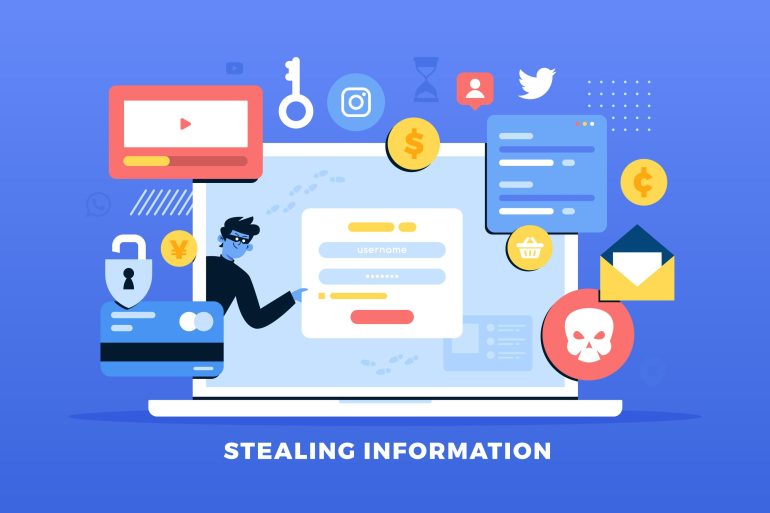The Art of Questionnaire Design for Cutting-Edge Fraud Detection

AI-driven analytics, digital fingerprinting, and machine learning tools now provide deep insight into suspicious behaviors and data inconsistencies. But amidst all this innovation, one traditional yet powerful tool remains critical: the questionnaire.
Well-crafted questionnaires don’t just gather information — they serve as the first line of defense against fraudulent responses. When paired with modern technology, a thoughtfully designed survey can help flag bots, detect inconsistencies, and identify low-quality participants long before they enter your data pipeline.
So, how do you design a questionnaire that supports advanced fraud detection systems? Here’s the art behind it.
1. Start with the End in Mind
Every great questionnaire begins with a clear objective. If fraud detection is a priority, your questions should subtly probe for authenticity, attention, and consistency.
Ask yourself:
- What kind of fraudulent behavior am I trying to catch?
- Which signals can be picked up through question design?
- How will the responses integrate with our fraud detection tech?
2. Build in Redundancy for Consistency Checks
One classic technique is asking the same question in different ways at separate points in the survey. This checks if respondents are paying attention or trying to game the system.
Example:
- Early question: “Which of the following best describes your occupation?”
- Later question: “Do you work full-time, part-time, or not at all?”
Cross-referencing answers can uncover inconsistencies that automated fraud detection systems can flag.
3. Use Logic Traps and Attention Checks
Strategic attention-check questions can reveal bots or careless respondents. These can be as simple as:
“To confirm you’re paying attention, please select ‘Strongly Agree’ for this question.”
Logic traps can also help detect fabrication. For example, asking for an impossible combination of choices or a fake brand/product to see if someone claims knowledge they shouldn’t have.
4. Leverage Open-Ended Questions with AI Scoring
Fraudulent respondents — especially bots — tend to struggle with open-ended responses. Including a few well-placed open-text questions allows AI tools to assess:
- Grammar and coherence
- Length and relevance
- Repetitive or copy-paste answers
These responses can be scored and cross-validated with the rest of the questionnaire to assess authenticity.
5. Adapt for Device and Behavior Analytics
With modern fraud detection tools, you can track the device fingerprint, IP address, and survey completion behavior (e.g., speed, time per question). Make sure your questionnaire design allows for:
- Randomizing question order
- Preventing multiple entries from the same user
- Detecting straight-lining patterns
Combining behavior analytics with the right questions adds a powerful layer of fraud detection.
6. Keep the Flow Natural — But Strategic
A questionnaire should feel smooth and intuitive to honest respondents, while being strategically difficult for fraudsters. This means:
- Avoiding predictable patterns
- Varying question types (Likert scales, multiple choice, open text)
- Including logic-based branching that reacts to responses
Fraudulent users often rely on scripts or heuristics. A dynamic survey structure helps throw those off balance.
7. Collaborate with Tech Teams for Integration
Finally, your questionnaire isn’t working alone. Make sure your survey logic, structure, and outputs are well-aligned with your fraud detection platform. Collaborate closely with your data science or risk teams to ensure your questionnaire feeds the right signals into machine learning models or real-time fraud scoring engines.
Final Thoughts
Cutting-edge fraud detection doesn’t start at the server — it starts at the screen, with the very first question your respondent sees.
By mastering the art of questionnaire design, you not only improve data quality but also create a more secure and reliable research environment. With a blend of thoughtful survey structure and powerful tech tools, your questionnaire becomes more than a data collector — it becomes a fraud-fighting asset.